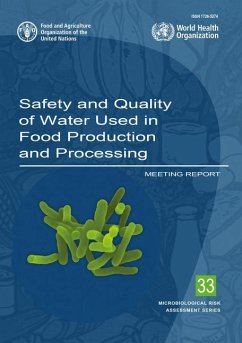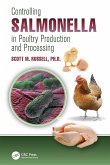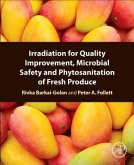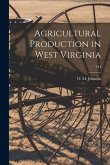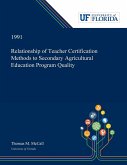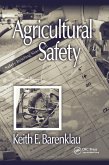This report provides guidance on safe water use when preparing fresh produce and fish. It is also a guide for water risk management. Water is a major input in food, from primary production through all stages in the food value chain to consumption. The safest option in food production might be the use of potable or drinking water. However, this is often not a feasible solution and water of different quality could be fit for some purposes, provided it does not compromise the safety of the final product for the consumer. This paper suggests that numbers of E. coli present in water are not an appropriate measure of water safety. Instead, assessments of fitness-for-purpose and the microbiological criteria of water required to maintain product safety should be risk-based.
Hinweis: Dieser Artikel kann nur an eine deutsche Lieferadresse ausgeliefert werden.
Hinweis: Dieser Artikel kann nur an eine deutsche Lieferadresse ausgeliefert werden.

